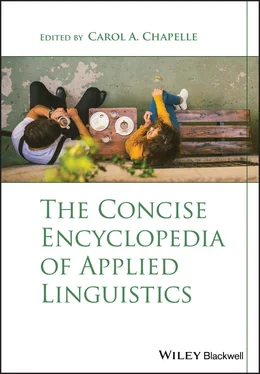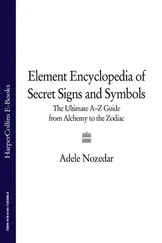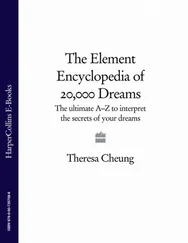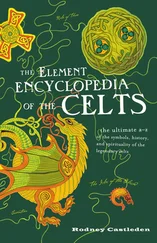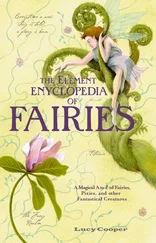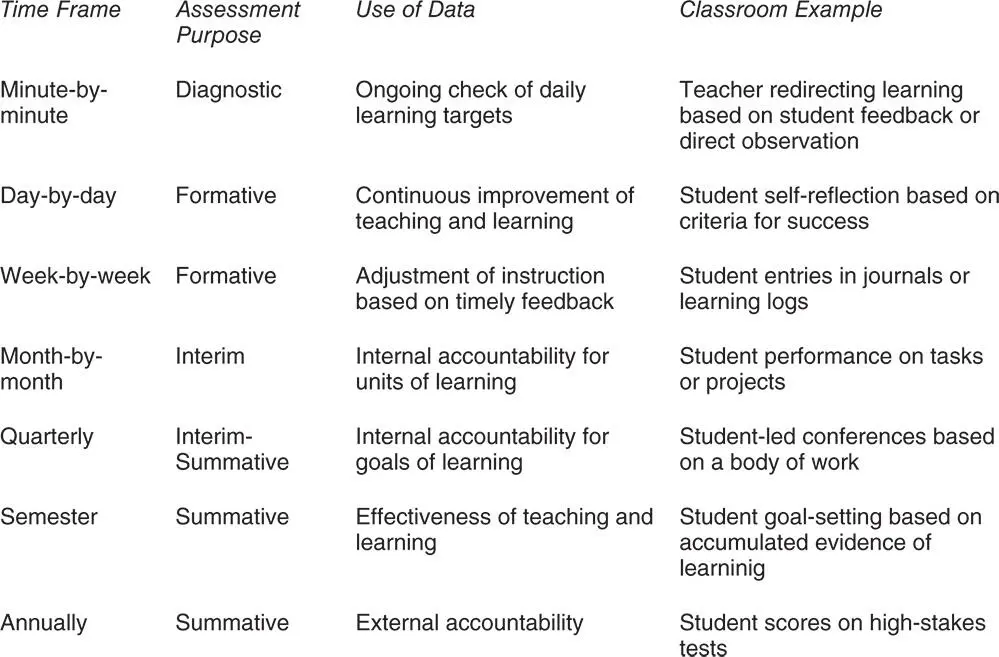
Figure 2 A continuum of assessment purposes, uses of data, and examples based on a time frame
Assessment for Summative Purposes or Assessment of Learning
Classroom assessment that focuses on what students have accomplished at the culmination of a period of instruction, such as a unit of learning, have been characterized as summative uses of assessment or assessment of learning since they document accumulated student performance. Said another way, as a consequence of collecting information from assessment, there are classroom‐based decisions that are summative in nature, such as whether students are prepared to benefit from more advanced instruction or if students should be certified for having obtained a specified language level (Bachman & Damböck, 2017).
For assessment of learning in classrooms, teachers often work in teams to co‐design common measures, such as a series of open‐ended questions or writing prompts for a grade level, department, or course. Alternately, teachers might craft extended projects that are directly tied to the curriculum. Accompanying the design of the tools, teachers co‐construct rubrics to interpret student work and often engage in professional learning to establish high levels of inter‐rater agreement on anchor samples. This approach to assessment of learning that is internal to the functioning of classrooms is not to be confused with summative testing that is externally imposed upon teachers from commercial sources, as in the case of high‐stakes tests. As these tests are generally outside the control of teachers, these are distal to and bear little resemblance to everyday classroom practices.
Assessment for Formative Purposes or Assessment for Learning
A complementary approach focuses on formative uses of assessment (Assessment Reform Group, 2002) or assessment for learning. This approach suggests that assessment can be a means to promote learning, not only to describe, monitor or audit it. It is important to distinguish between the terms “summative” and “formative” assessment, not as types of assessment (e.g., a multiple choice test versus a portfolio), but rather between the purposes of their use (Davison & Leung, 2009), the data that are generated, the stakeholders who are involved, and the decisions that are made.
Research suggests that assessment used for formative purposes, or assessment for learning, can improve student attainment (Black & Wiliam, 1998) if two conditions are met: (a) the learner perceives a distance between the present and the desired state of knowledge, understanding, or skill; and (b) the learner takes action to meet the targeted level. Assessment tasks that address these two conditions support learner achievement. Heritage (2010, pp. 9–13) describes a multistep process of formative assessment in the classroom, centered on a continuous feedback loop, that is in line with these conditions:
1 Identify learning goal(s) for a lesson or series of lessons
2 Determine the criteria for success
3 Elicit evidence as to how student learning is moving toward the goal(s)
4 Interpret the evidence to identify the “gap”
5 Provide students feedback in relation to the goal(s)
6 Adapt or respond to individual student needs
7 Scaffold instruction within the student's zone of proximal development
8 Close the “gap.”
In a study addressing how formative assessment is operationalized in language classrooms, Rea‐Dickins (2006) examines teacher feedback and student responses. She points out that “feedback is only formative if it brings about a change of some kind for the learner” (p. 168). Her analyses of classroom interactions suggest that both formative and summative purposes for assessment can be interwoven within instruction to provide a balance of assessment approaches, but for learners to understand how to participate effectively in each, teachers must make their intentions and expectations explicit.
In learner‐centered classrooms, both teachers and students are expected to assume active roles in designing and implementing assessment practices. Teachers assess and respond to student performance, manage assessment information that has been collected, use the information to respond to students' learning needs, and communicate their findings to stakeholders. These activities are often embedded within a multistage assessment cycle. For example, Davison and Leung (2009) describe teacher‐based assessment in a framework consisting of multiple steps: (a) plan assessment, (b) collect information about students' learning, (c) make professional judgments, and (d) provide appropriate feedback or advice.
Recently, assessment as learning has joined the dichotomy of assessment approaches to make it a trichotomy. In this approach, students take center stage as agents of their own learning and are the heart of the teaching–learning cycle. In assessment as learning, students are expected to step up to new levels of involvement through activities such as self and peer assessment (Black & Wiliam, 1998; Colby‐Kelly & Turner, 2007). With teachers as their guides and facilitators, through gradual release of responsibility, students take on the role of independent, self‐regulated learners as part of their development (Berkowitz, Bier, & McCauley, 2016).
Assessment as learning is descriptive of a student‐centered approach where students are invited to and guided in becoming autonomous thinkers and learners (Earl, 2013; Gottlieb, 2016). Like any effective assessment approach, student‐centered assessment articulates developmentally appropriate, yet challenging, learning targets, provides feedback on how to deepen teaching and learning, is valid and reliable for its given purpose (and audience), and the data that are generated are fair and useful (McMillan, 2011). There are several additional defining qualities that distinguish student‐centered assessment from the other approaches; they:
allow for individualization of performance;
focus on student learning and growth;
motivate students to do their best;
encourage students to actively engage in pursuing learning;
are informative to a variety of audiences. (Andrade, Huff, & Brooke, 2012)
Assessment as learning places students at the forefront of the process. In one instance, teachers might involve students in the assessment design process by co‐constructing scoring guides with class‐generated criteria; then students apply the rubrics to assess their own or peers' performances. In another, learners routinely reflect on their language development and learning in journals and learning logs that document their experiences and create portfolios of their evidence of language use and learning.
In assessment as learning student voice is honored in classroom decision making, from selecting topics to pursue for learning from designated themes, crafting original projects or work products, and evaluating their performance against agreed upon criteria for success. Having students critically reflect on their own work by matching their performance against preset criteria where they have had input validates their thinking and learning. Other benefits of student engagement in self‐assessment include
having a venue for students to convey their depth of understanding,
encouraging students to take responsibility for their own learning,
honoring student voice in the assessment process,
Читать дальше
